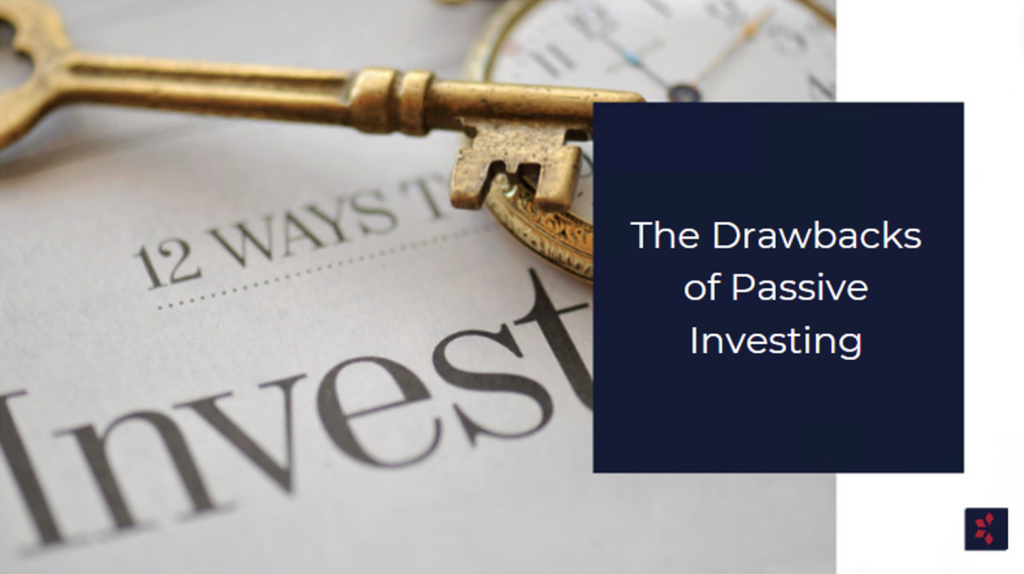The Drawbacks of Passive Investing

Passive investing is a strategy that aims to mirror market indices rather than outperform them. It has gained significant traction among investors for its simplicity and lower costs. However, like any investment strategy, it comes with its own set of drawbacks that are important for investors to consider.
Passive Investing Explained
Passive investing is a financial strategy that tracks the performance of a stock market index. This method is often characterized by a buy-and-hold mentality, where investors purchase securities such as stocks or bonds and hold onto them for extended periods, regardless of market fluctuations.
The philosophy behind passive investing is rooted in the belief that markets are generally efficient over time, meaning that attempting to beat the market through active trading often results in lower returns once fees and taxes are accounted for.
The Drawbacks of Passive Investing
Mirroring the Market
One of the main drawbacks of passive investing is its inherent complacency with market returns. By design, passive investments aim to replicate the performance of an index, which means investors must accept market averages – for better or for worse. This approach eliminates the possibility of outperforming the market, which active investors aim to do by using market inefficiencies and selecting stocks they believe will perform better than others.
Market Inefficiency
Furthermore, passive investing’s growing popularity has sparked a debate about its potential impact on market efficiency. As more money flows into index funds and ETFs, there’s a concern that stock prices may become more disconnected from their real values, as buying and selling within these funds is based on an index composition rather than individual stock performance.
Costs Still Exist
Lastly, while passive investing offers the advantage of lower fees, it doesn’t completely eliminate costs associated with investing. Expenses, though significantly lower than those of actively managed funds, can still impact returns over time, especially in a low-return environment. Moreover, passive investors are also subject to index rebalancing, which can lead to capital gains distributions that could have tax implications for the investor, further affecting the net return of their investment.
Invest with Bloom Investment Counsel, Inc.
Our team at Bloom believes that every client deserves individual attention and a tailored investment plan to help grow their wealth. Using a bottom-up approach to investing in addition to thorough research and analysis we provide our clients with customized actively managed equity portfolios. With our active investment approach to investing, we will work with you to understand your investment goals and risk tolerance and ensure you have a well-diversified portfolio.
For almost 40 years, we have been providing actively managed, customized Canadian and U.S. dividend-paying portfolios for wealthy individuals, family offices, foundations, corporations, institutions, and trusts. Contact us to learn more at +1–416–861–9941 or info@bloominvestmentcounsel.com
This content is provided for general informational purposes only and does not constitute financial, investment, tax, legal or accounting advice nor does it constitute an offer or solicitation to buy or sell any securities referred to. Individual circumstances and current events are critical to sound investment planning; anyone wishing to act on this content should consult with his or her financial partner or advisor.